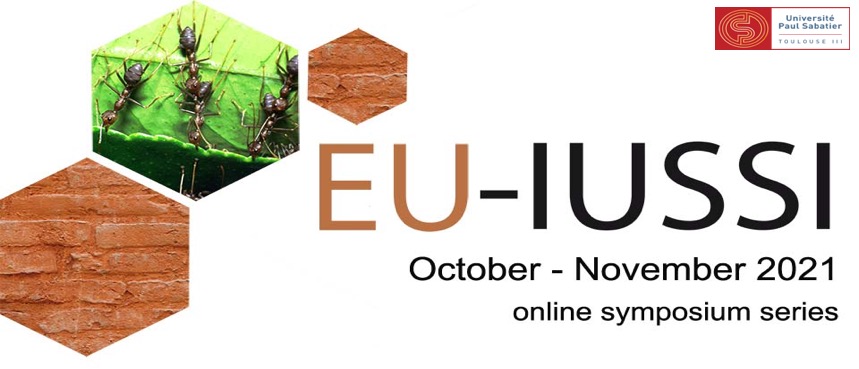
04/11: Symbionts of social insects04/11 - Symbionts of social insects
OGANISERS: Amélie Cabirol, Philipp Engel University of Lausanne, switzerland Contact: amelie.cabirol@gmail.com
SUMMARY: The nests and bodies of social insects provide ideal conditions for specialized microbe-host relationships to evolve. Social interactions between individuals, and the existence overlapping generations, ensure reliable symbionts transmission from one generation to the next over evolutionary timescales. The division of labor is often linked to differences in dietary preferences or environmental exposure which modulates the association with microbes in different castes of the same species. Also, social insects have evolved complex strategies to preserve or convert dietary resources or to defend the colony against environmental threats, with microbes being often involved in these processes. However, associations between symbionts and their hosts can have different costs and benefits for the symbiont, the individual host, or the entire host society. Depending on the outcome of this association, symbionts are referred to as parasites, commensals, mutualists or a combination of these. A great diversity of symbionts exists in insect societies. For millions of years, evolutionary forces have shaped the symbiotic relationship between these organisms and social insects. The nest environment and the host behavior both affect the composition and function of symbionts. Reciprocally, symbionts act on the host physiology and may even influence its behavior. Many intellectual challenges are inherent to the study of symbiosis in social insects. Among them are the consideration of both the symbionts and the hosts’ biology, and the combination of evolutionary, ecological and molecular biology approaches to understanding the existence of these relationships. Such challenges cannot be overcome without knowledge transfer between researchers in these fields and collective reasoning. The proposed symposium aims at offering a space for such discussions by gathering evolutionary biologists, microbiologists and behavioral ecologists studying the symbiosis occurring between various symbionts and social insect species.
ZOOM LINK : https://unil.zoom.us/j/5589002756PROGRAMME (London time, pm):
|
| Online user: 33 | Privacy |

|
